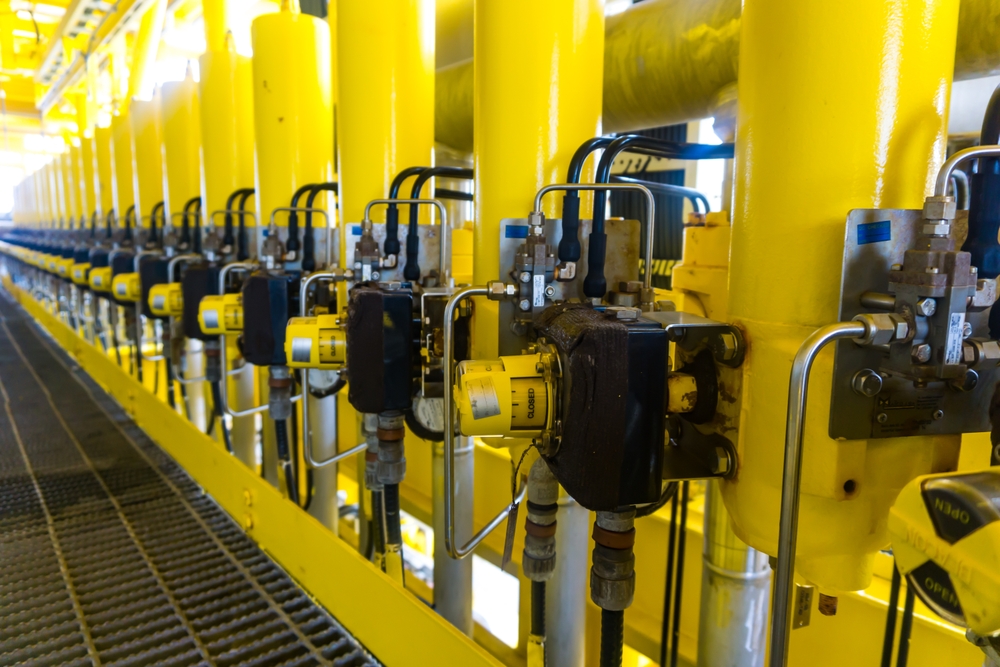Diagnosing Solenoid Valve Failures: Electrical or Mechanical?

Solenoid valve issues have a way of showing up when timing matters most. The actuator doesn’t trigger, pressure doesn’t build, or flow just stops — without warning. But diagnosing the actual root cause? That’s where things get tricky. While the symptoms may look mechanical, many solenoid problems trace back to electrical faults, and swapping parts blindly doesn’t help. Getting it right means understanding how these two failure modes play off each other.
The hidden electrical failures
Electrical issues often show up in subtle, unreliable ways that can fool even experienced technicians into thinking the problem is mechanical.
Coil resistance starts drifting as windings degrade over time. Solenoids with compromised windings might still energize, but not consistently. Resistance outside tolerance causes intermittent actuation that’s nearly impossible to replicate during testing. Meanwhile, voltage drops under load become increasingly common in older systems or those with long cable runs, delivering power to the coil that’s too weak to maintain proper hold — no alarms, just silence.
The insulation breakdown tells its own story. Heat, oil mist, and vibration gradually eat away at wire insulation, creating short circuits or grounding issues that perfectly mimic bad mechanical response. Perhaps most frustrating are loose terminal connections that cause ghost faults — terminals that look fine during inspection but lose contact during vibration or thermal expansion.
False alarms from real sounds
Buzzes, clicks, or sluggish solenoid valves often get blamed on hardware. These symptoms demand deeper investigation because they frequently point to electrical rather than mechanical issues:
- Coils buzz when underpowered: It’s easy to assume the valve is sticking, but a low-current signal will often cause an audible hum without movement.
- Erratic valve timing skews process output: Valves that open and close slightly off-schedule can throw an entire control loop into chaos. It’s not a process issue — it’s lag.
- Heat buildup that mimics failure: An overheated solenoid may stop actuating entirely, even if mechanically fine. It’s just waiting for cool-down.

The mechanical reality
When the problem actually is hardware-related, solenoid valves fail differently — often slower, but just as disruptively. These failures develop gradually and can be easy to miss until they become severe enough to cause complete stoppage.
Sticky plungers represent one of the most common mechanical issues. Internal buildup of oil, dust, or process residue gums up motion progressively, starting with barely noticeable delays and progressing to complete seizure. Debris in the seat creates similar problems — even tiny particles can prevent full closure, appearing like weak or failed actuation to operators monitoring system performance.
Spring fatigue adds another layer of complexity. Over time, return springs lose tension, causing valves to hang open, close slowly, or fail to move at all. The degradation happens so gradually that it often goes unnoticed until the spring can no longer overcome normal system pressures. Warped components compound these issues — repeated heating and cooling cycles cause subtle warping in valve bodies that makes movement inconsistent and unpredictable.
Diagnostic precision over guesswork
Trial and error wastes time, especially when the issue isn’t obvious. Solenoid valves can appear fine on the surface but behave differently under load, and because mechanical and electrical failures often mimic each other, solid diagnostics become the only reliable way to separate cause from symptom:
- Check resistance against spec: Always perform resistance tests cold and compare against manufacturer standards.
- Monitor in real time with an oscilloscope: Looking at actuation signals under load reveals timing issues no visual inspection can catch.
- Bench test mechanical action with an external power supply: Isolate the solenoid from the system to confirm what’s mechanical versus electrical.
- Check voltage and continuity across the full run: From the control panel to the coil, every connection matters.
The path to reliable solutions
Solenoid valve failures often blur the line between electrical noise and physical wear, creating diagnostic challenges that can’t be solved with standard troubleshooting approaches. The key lies in systematic testing that addresses both failure modes simultaneously rather than assuming one or the other.
The right diagnostic approach not only identifies the current problem but reveals the underlying conditions that caused it, preventing future failures of the same type. It’s the difference between quick fixes and lasting solutions that keep systems running reliably. And, best of all, now through the end of the month, GES is offering 10% OFF single repairs or 15% OFF 3+ repairs on safety equipment!
